





Fueling minds with sustainable stories, nurturing a greener tomorrow!
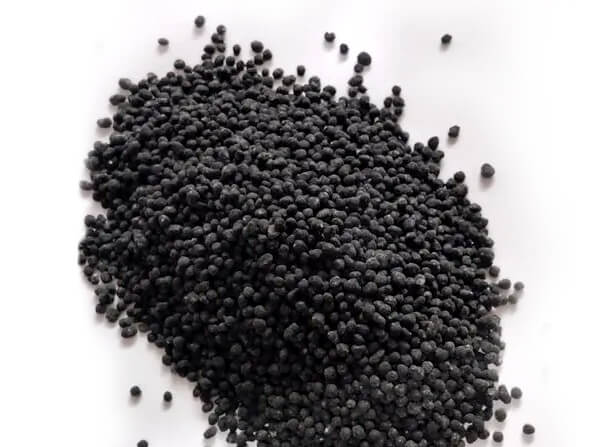
The one effective way to increase healthy crop yield and grow agriculture industry is replacing chemical fertilizers with their sustainable alternatives – bio stimulants.

Indian Food Processing Sector is one of the largest in the world and is expected to be valued at $535 billion by 2025. India’s Food Processing Industry, being primarily export oriented, had exports of processed food total of $555 million for FY 2021-22.

The Indian sugarcane bagasse biodegradable disposable tableware market has witnessed substantial growth in from USD 161.37 Million in 2021 to USD 365.21 Million by 2030 at a CAGR of 9.5% during the forecast period 2022-30.

Millets are the traditional food for people in Asia and Africa. Millets can likely achieve following SDGs: SDG 2 (Zero Hunger), SDG3 (Good Health and Well-being), SDG 12 (Sustainable Consumption and Production) and SDG 13 (Climate Action).
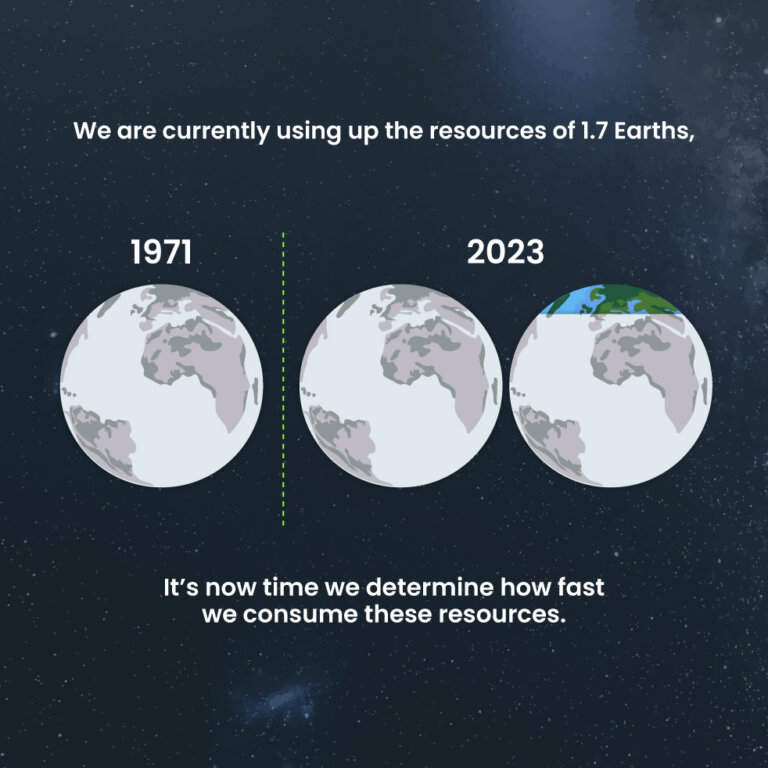
What is Earth Overshoot Day?
When you consume resources faster than the earth can reproduce them, hence end up borrowing from the future.

India’s domestic market size of plant-based meat in 2030 ranges from Rs. 1,803 crores (USD 228 million) to Rs. 5,884 crores (USD 745 million). The plant-based dairy market is expected to grow from USD 21 million to USD 63.9 million. The rising demand for vegan snacks and sweet meat is further showing tremendous growth of India’s vegan market. The overall vegan food market is expected to have a compound annual growth rate of 11.32% between 2022 and 2027. (According to ASSOCHAM Report).

Since 2013 India’s steel industry has witnessed substantial growth, with production surging by 75% since 2008, accompanied by an almost 80% rise in domestic steel demand.
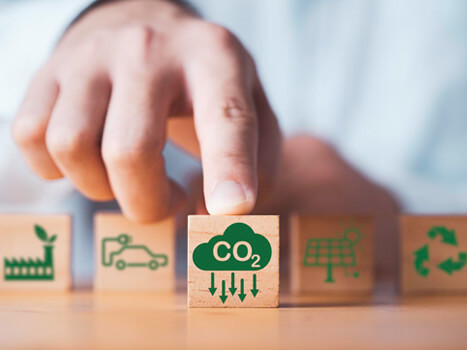
The whole world is shifting towards renewable energy, and with India’s ambitious target of becoming Net Zero by 2070, the country’s domestic carbon market will encourage people to get more involved in sustainable means of living, viz. nature-based solutions, science-based targets, advanced farming methods, etc., while simultaneously generating the revenue.
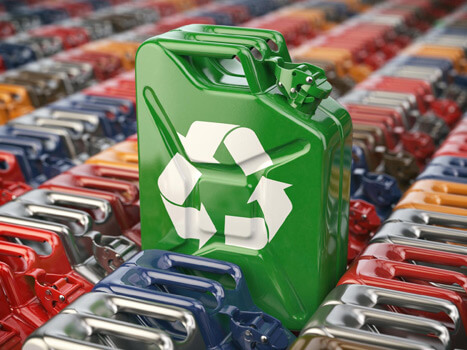
As the global community faces twin challenges of energy sustainability and environmental conservation, biofuels have emerged as a beacon of hope. These renewable sources of energy, derived from organic material, stand at the cusp of revolutionizing how we perceive and utilize fuel. This blog delves into the promising horizon of biofuels, exploring the potential they hold for a cleaner, greener, and more sustainable future.
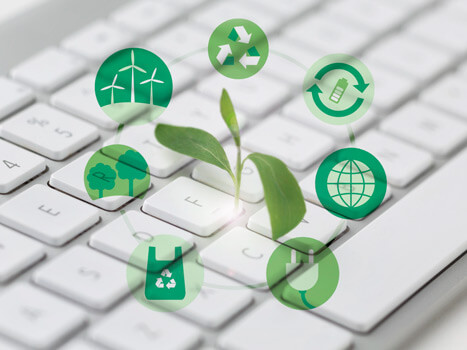
In today’s fast changing world, sustainability is more than just a phrase; it is a vital mentality for industry survival and success. As we face the difficulties of climate change and environmental deterioration, sustainable behaviors are becoming increasingly important.
This blog discusses the significance of these practices in industry and how they contribute to a healthier world and a more vibrant economy.

Are you CBAM ready?
Understand the price EU put on your product manufacturing for carbon emissions. We help you comply with European Union’s Carbon Border Adjustment Mechanism.
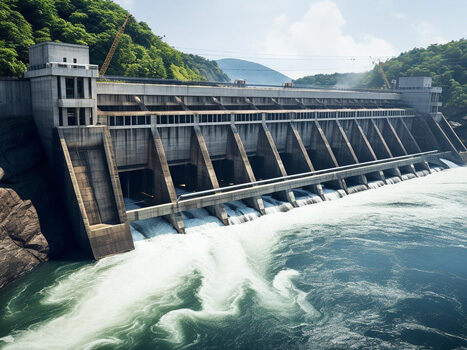
This scholarly article aims to debunk common myths surrounding renewable energy sources and shed light on the realities of their capabilities, reliability, and impact. By systematically addressing prevalent misconceptions, such as intermittency issues, cost-effectiveness, and environmental concerns, this article provides evidence-based insights to foster a better understanding of the true potential of renewables. By dispelling these myths, we can pave the way for a more informed and sustainable energy future.
As a global consultant to businesses and organizations worldwide, we can help you to navigate the complexities of the environment, energy transition, business advisory, skill development and identify opportunities for cost-effective savings in your operations